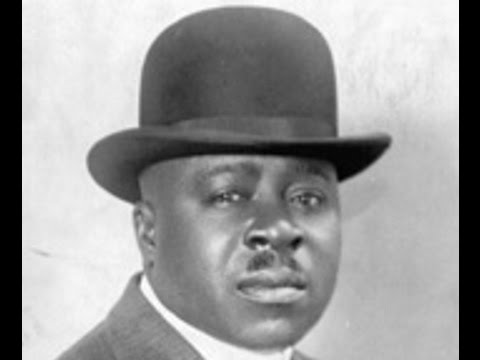The Orangeburg Massacre is a tragedy that hits home. I was born and raised in Orangeburg, South Carolina, where the Massacre took place. Its trauma casts a huge shadow over the Black community at home. We remember the lives lost and wonder how the world barely knows about what happened that night? It was the first deadly confrontation between university students and law enforcement in United States history. It happened two years before Kent State and two months before assassination of Martin Luther King, Jr. Three young men lost their lives – Samuel Hammond, Delano Middleton and Henry Smith.
There were several incidents centering on the segregation of the local bowling alley, All-Star Bowling Lane, that led up to the Orangeburg Massacre on February 8, 1968. In the fall of 1967, some of the Black leaders within the community tried to convince Harry K. Floyd, the owner of the bowling alley, to allow African Americans to patronize the establishment. Floyd was unwilling to desegregate; as a result protests began in early February 1968.
On February 5, 1968, a group of around 40 students from South Carolina State University entered the bowling alley and left peacefully after they were asked to leave by Floyd. The next night more students entered the bowling alley. This time there were police waiting for them and several students were arrested. After the arrests, more students began showing up, angry that protesters were being arrested. Next the crowd broke a window of the bowling alley and chaos ensued. Police began beating student protesters (both men and women) with billy clubs. That night, eight students were sent to the hospital. Over the next couple of days the tension continued. Student protesters submitted a list of demands that consisted of integration and the elimination of discrimination within the community. The Governor of South Carolina at the time, Robert E. McNair responded by calling in the National Guard after commenting that black power advocates were running amok in the community. Over the next two days, about 200 mostly student protesters gathered on the campus of SCSU to demonstrate.
On the night of February 8, more than 100 students gathered on the South Carolina State campus and began shouting at the armed officers stationed around them. While some students chanted “black power,” others began singing “We Shall Overcome.” When the students lit a bonfire to keep warm, patrolmen again called in a fire truck, exacerbating tensions. Then, at 10:30 p.m., patrolman David Shealy was injured when someone tossed a foreign object (what it was, whether a banister or something smaller, is contested) that hit him in the face. Minutes later, nine State Highway patrolmen opened fire on the unarmed students. Twenty-seven people were injured in the shooting, most of whom were shot in the back as they were running away, and three Black men were killed. The three men killed were Samuel Hammond Jr., Henry Smith (both SCSU students), and Delano Middleton, a student at the local high school. Middleton was shot while simply sitting on the steps of the freshman dormitory awaiting the end of his mother’s work shift. The police later said that they believed they were under attack by small arms fire. Protesters insisted that they did not fire at police officers, but threw objects and insulted the men. Evidence that police were being fired upon at the time of the incident was inconclusive, and no evidence was presented in court, as a result of investigations, that protesters were armed or had fired on officers.
As for the nine patrolmen who opened fire, they were exonerated of all charges in a 1969 trial. The only person convicted of any charges in association with the massacre was Cleveland Sellers, the activist who had been shot while on campus. He spent seven months in state penitentiary for inciting the protests and wasn’t pardoned until 25 years later. “I was targeted because of my work with the Student Nonviolent Coordinating Committee,” Sellers said. “I was on the FBI’s militant radical list. The jury at my trial had two African-Americans but their only possible verdict (in order to remain in South Carolina) was ‘guilty.’ South Carolina was known for forcing uppity blacks to flee.”
In 2001, South Carolina governor Jim Hodges apologized on behalf of the state, and Orangeburg mayor Paul Miller issued another apology from the city in 2009. But calls for a formal state investigation of the incident by state legislators like Bakari Sellers (the son of Cleveland Sellers) have gone unanswered.
Both South Carolina State University and Claflin University played an important role in the civil rights movement. Dr. Martin Luther King, Jr. came to Orangeburg a few times to give speeches and encourage the the residents of Orangeburg to fight on.
The story of the Orangeburg Massacre is still fresh on the minds of many of my family members and family friends. My parents recall the news of the events and the terror. They would both begin their college careers in the fall of the same year at Claflin University. Many of my cousins were students were students at SCSU and were present on that night. Time has not erased that trauma for any of them.
Sources:
Wikipedia





No Comments